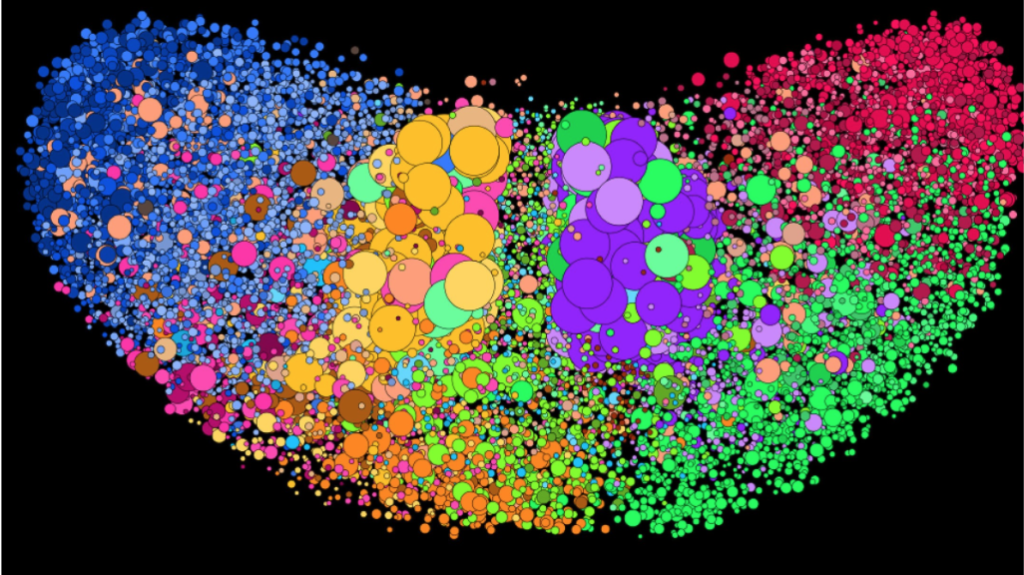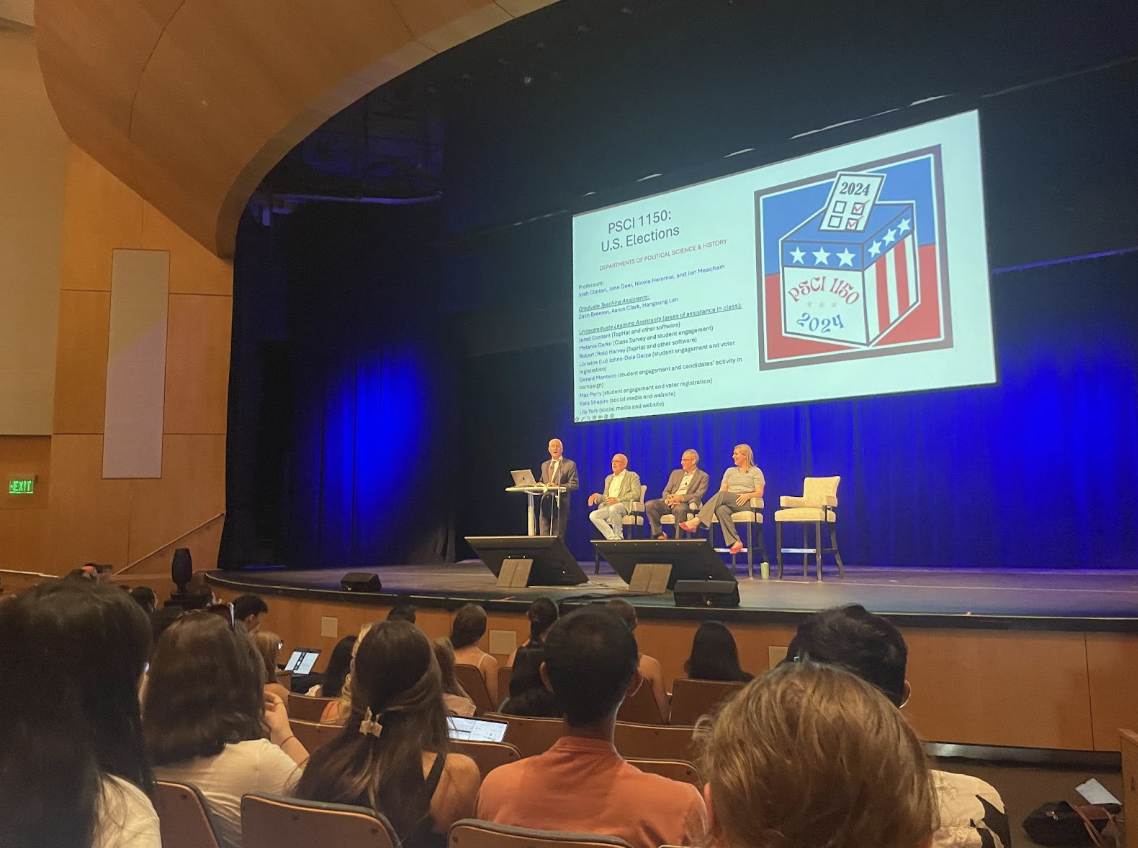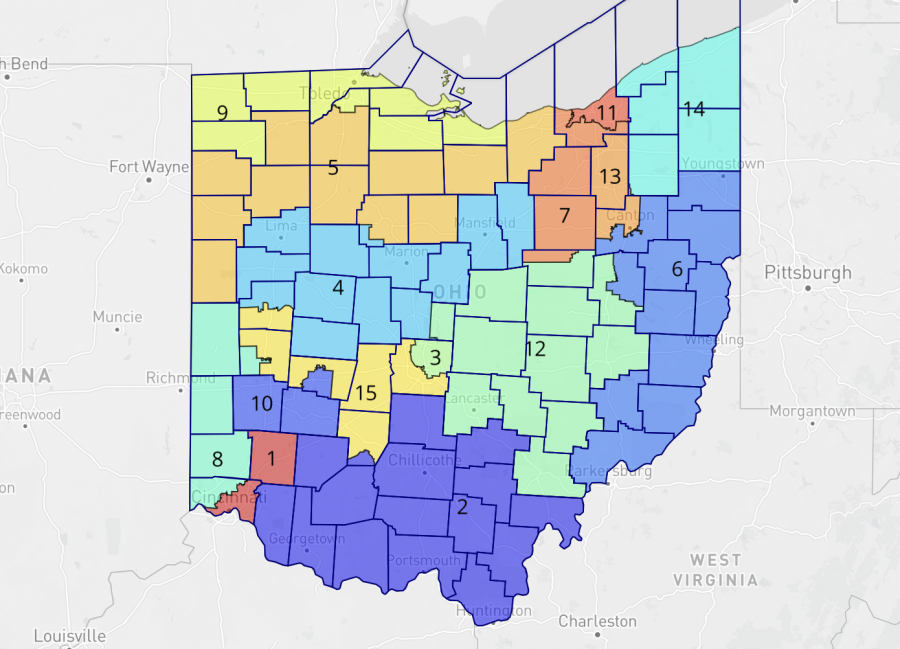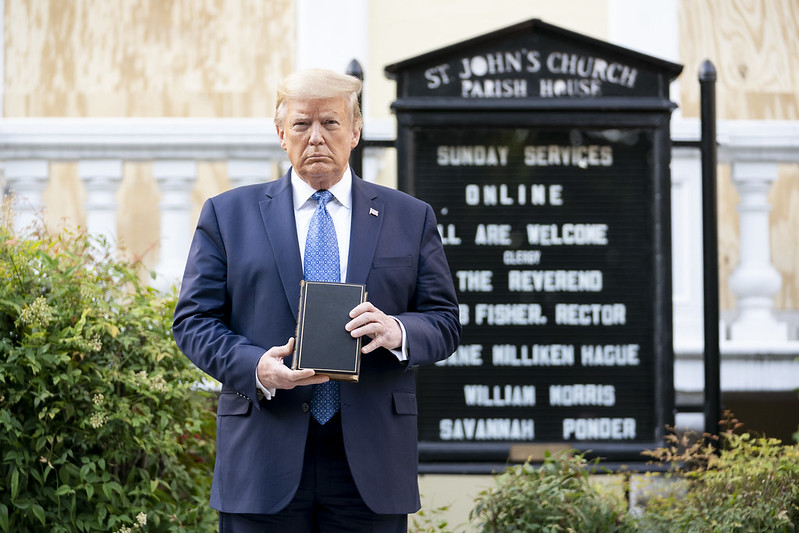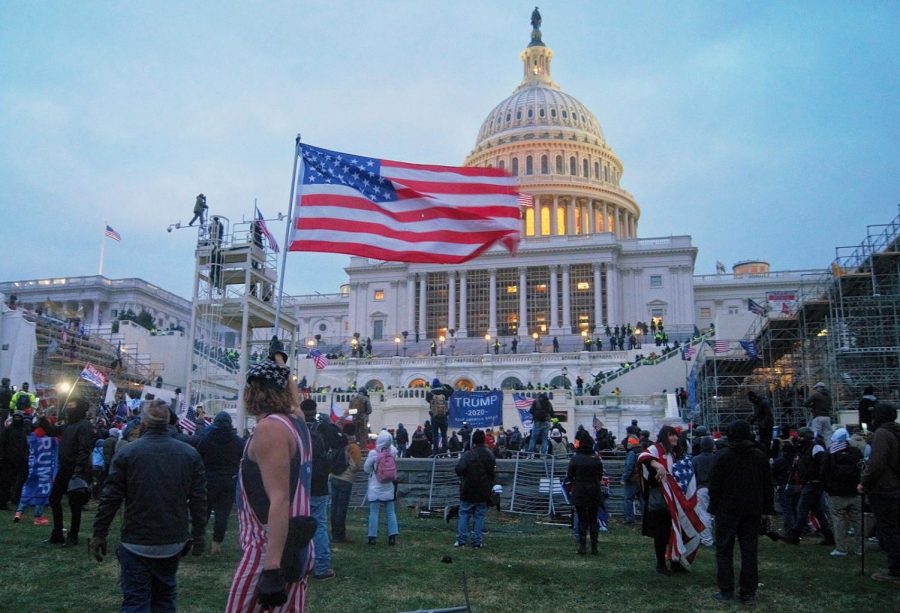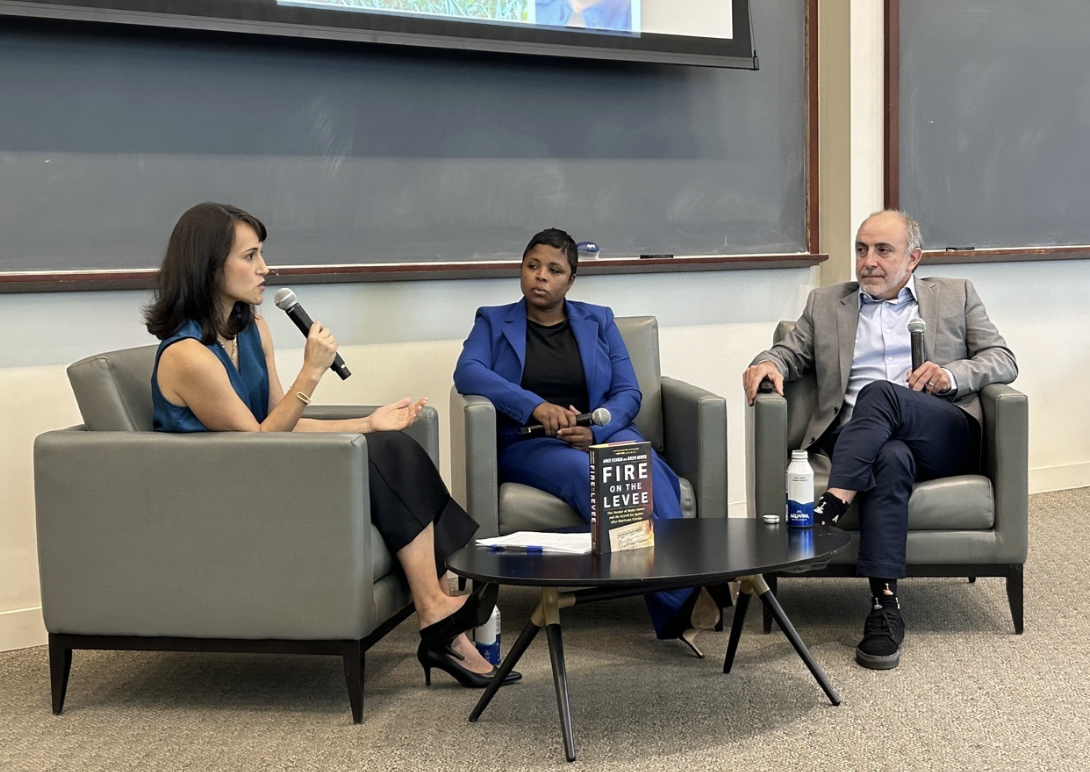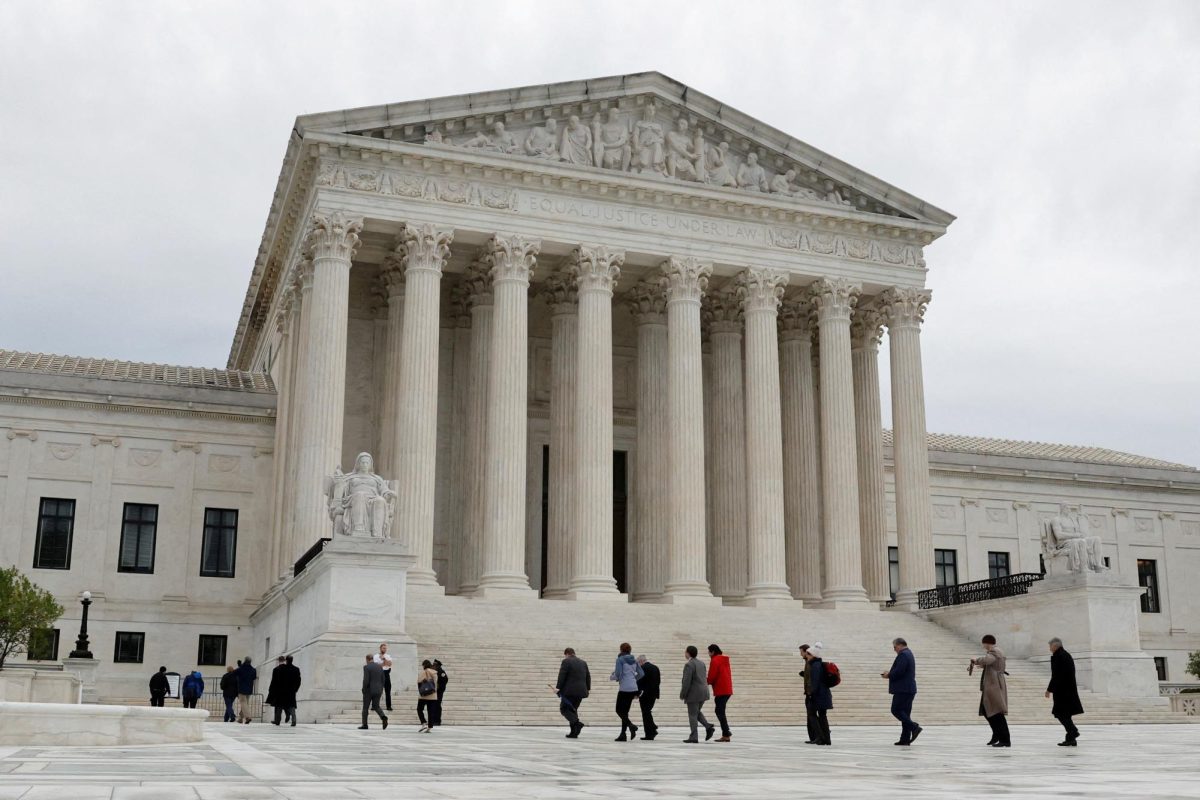A data plot of the political twitter accounts based on their political leanings and number of followers. The far right side are accounts that are pro-trump whereas the far left side are accounts that favor social democrats like Bernie Sanders. The size of each circle/accounts are proportional to the number of followers.
By Salem Sayegh and Ram Reddy
Since the 2016 election, news anchors, journalists, and political consultants have discussed the strong political divide between Americans on topics like gun control, taxes, and immigration. With only 280 characters, political discourse on twitter has lost nuance and complexity and allowed extreme views to propagate and infect the social platform. The issue is not that these views are made public; rather, it is the fact that many are developing their view of the United State’s political landscape solely based on twitter as a data source.
The statistical models that many have used to analyze the political reactions on Twitter are misleading. Political figures, especially on social media, have used Twitter as the data source for their beliefs on what all Americans belief and feel about a certain policy. This forms a fallacy where the political views that are favored on Twitter are a sample of the real views of Americans overall. A report from the Pew Research Center shows this disparity in the 2010 presidential election.
Many statistical studies that point to the political polarization on twitter are based on a technique called natural language processing. In broad terms, this computer science technique retrieves publicly available tweets, builds a model, and then classifies each tweet based on a scale from positive to negative sentiment. The program learns from the tweets by analyzing the syntax, semantics, and vocabulary of each tweet and then making a prediction. The power behind this technique is that eventually the computer will have a “pseudo brain” and can accurately predict each tweet’s meaning. Once the program is finished, the computer will eventually produce a report on the sentiment of each political topic that is being tested.
Even though this artificial intelligence technique is robust as a statistical tool, it cannot reproduce its results accurately and assumes that the number of tweets for or against a political argument is correlated to the entire US population. A study from Iowa State University showed how their programs based on the aforementioned technique produced a large variance of views on topics like gun control. Each time the program analyzed the same results, the sentiment was significantly different. Further, a research study from Canada’s National Research Council produced a report that warned researchers on the limitations of using computers to analyze political views. Prof. Mohammad explains that current algorithms have had trouble in detecting connotations like humour,sarcasm,or even indifferent views-like a tweet where a user is not nor against a specific policy.
Twitter brought political views and debates from the kitchen table to the public arena. At the same time, using Twitter and artificial intelligence as an accurate and holistic picture of what Americans believe is a farce riddled with inaccuracies and fallacies. Twitter is known as a platform where political echo chambers are formed. Far left and far right groups create the majority of the “noise” on prominent twitter pages and endlessly pick tweet fights with each other. However, the political polarity on Twitter and the groups that are trending on social media do not reflect the American political reality.

